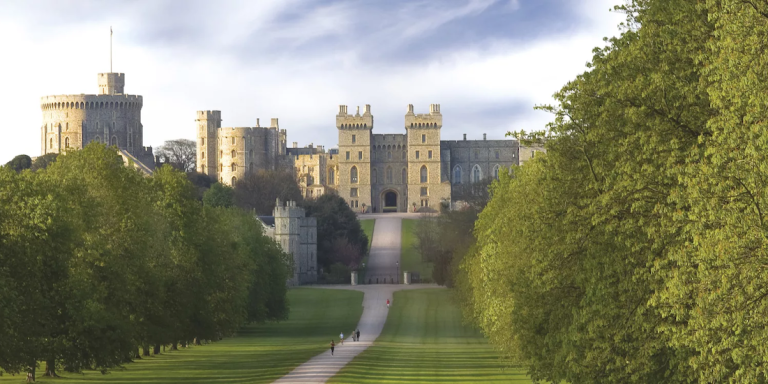
From William the Conqueror to Queen Elizabeth II, the World’s Oldest Occupied Castle Embodies British Legacy
London — Windsor Castle was commissioned by William the Conqueror in 1070 as part of a defensive ring of motte-and-bailey castles to secure London’s western approach. Perched above the River Thames, its strategic location leveraged Saxon hunting grounds and elevated terrain for surveillance.
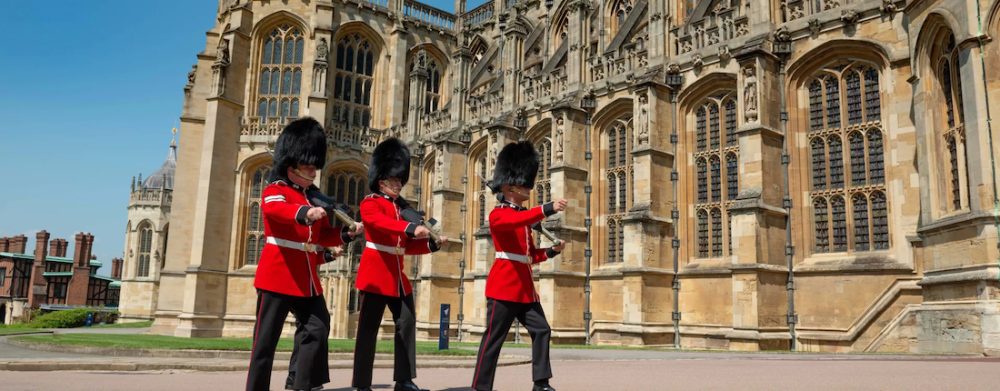
A Fortress Turned Royal Home
Originally timber-built, it evolved under Henry II, who replaced walls with stone and added dual royal apartments—a public state residence and private quarters—transforming it into a palace. By the 14th century, Edward III spent £50,000 (a medieval fortune) converting it into a Gothic masterpiece, establishing it as the seat of the Order of the Garter.
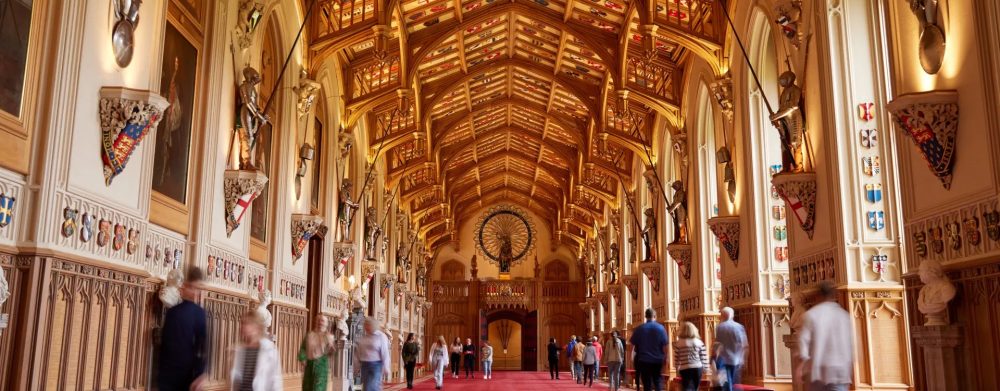
Architectural Evolution: From Gothic to Baroque
What Defines Its Design?
The castle’s architecture mirrors centuries of royal ambition. Edward III’s 14th-century renovations introduced segregated royal suites and the iconic Round Tower, later heightened by George IV in the 1800s for dramatic silhouettes. Charles II infused Baroque opulence in the 1670s, while George IV’s £300,000 overhaul (1820–1830) added Gothic crenellations, the Waterloo Chamber, and French Empire furnishings. The 1992 fire catalyzed a five-year, £37 million restoration, blending modern Gothic elements with historical fidelity. Today, its 1,000 rooms—including St. George’s Chapel and State Apartments—showcase nearly every European architectural style.
The 1992 Fire: Crisis and Renewal
When Disaster Struck
On November 20, 1992, a curtain ignited by a spotlight in Queen Victoria’s Private Chapel sparked a 15-hour inferno, gutting 115 rooms, including St. George’s Hall. Over 1.5 million gallons of water and heroic efforts saved treasures like Van Dyck paintings, though a Sir William Beechey artwork and rosewood sideboard were lost. Led by Prince Philip, restoration revived Gothic grandeur while modernizing infrastructure, reopening in 1997 to mark the Queen’s 50th wedding anniversary.
A Living Monument to Monarchy
Where Royal History Unfolds
Windsor Castle remains a working palace and tourist magnet, drawing 1.5 million annual visitors57. It hosted Meghan Markle and Prince Harry’s 2018 wedding and became Queen Elizabeth II’s primary residence during the pandemic710. Though no monarch currently lives there full-time, King Charles III uses it for state events, signaled by the Royal Standard flying atop the Round Tower. Its Royal Archives and Queen Mary’s Dolls’ House—a 1:12 scale marvel with electricity and running water—epitomize its cultural legacy.
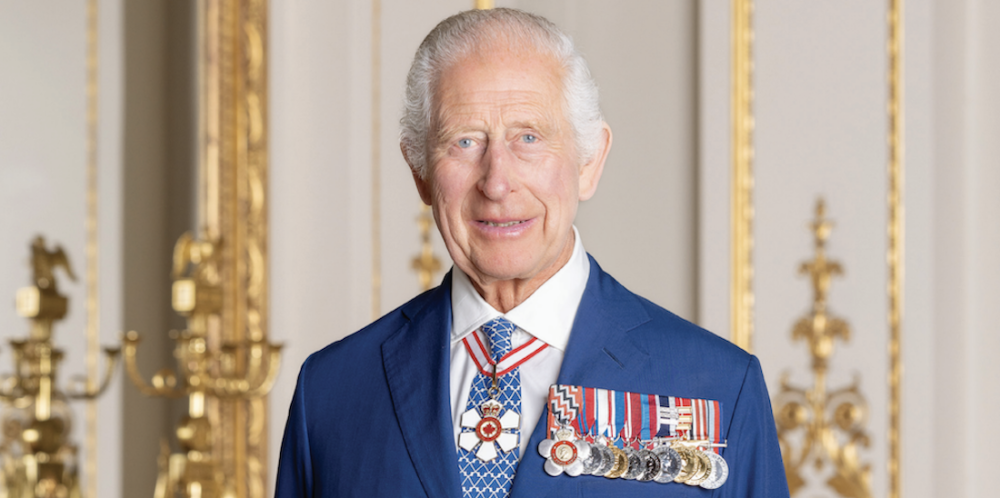
Why Windsor Endures
A Symbol of Resilience
For 950 years, Windsor Castle has mirrored Britain’s political and cultural shifts—from Civil War prison to WWII refuge for Princesses Elizabeth and Margaret. Its blend of fortress, palace, and museum secures its status as a UNESCO-recognized icon, embodying continuity amid change. As Dr. Richard Williams of the Royal Collection Trus notes, it is “the finest and most complete expression of later Georgian taste.”
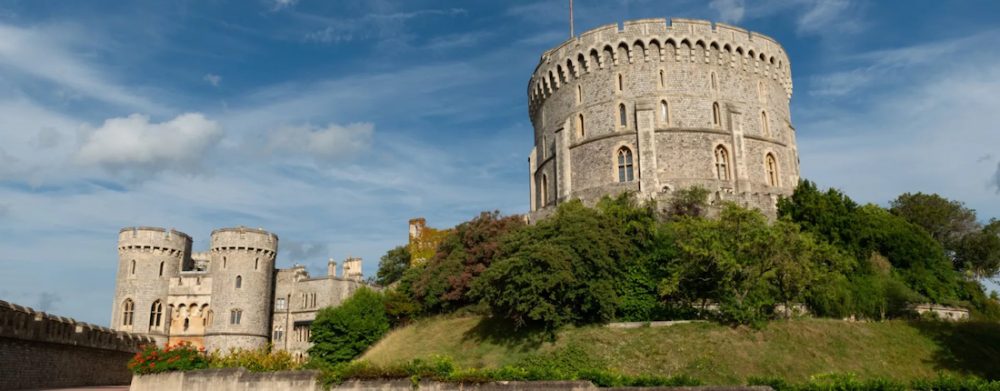
#WindsorCastle #RoyalHeritage #BritishMonarchy #HistoricArchitecture #MedievalHistory
Tags: Windsor Castle, British royal family, Norman fortresses, Gothic architecture, St. George’s Chapel,
Queen Elizabeth II, royal residences, UNESCO World Heritage, historic preservation
75-Word Audio Summary
“Windsor Castle, built in 1070 by William the Conqueror, is the world’s oldest occupied castle. Transformed by monarchs like Edward III and George IV, it survived a devastating 1992 fire to become a symbol of British resilience. Housing 1,000 rooms, St. George’s Chapel, and Queen Mary’s Dolls’ House, it remains a working palace and tourist landmark. Today, uses it for state events, continuing its millennium-long legacy as a cornerstone of royal heritage.”
Social Media Blurbs
X (Twitter)
Windsor Castle: A Millennium of Majesty and Modern Monarchy. Explore 1,000 years of royal history. #RoyalHistory #WindsorCastle bit.ly/windsor-story
Bluesky
Step into 1,000 years of legacy at Windsor Castle, where Gothic grandeur meets modern monarchy. #BritishHeritage #RoyalResidence bit.ly/windsor-story
LinkedIn
Windsor Castle stands as a testament to architectural innovation and cultural stewardship. From its 11th-century origins to its role in modern diplomacy, this UNESCO site exemplifies heritage preservation and tourism impact. Discover how this iconic landmark balances history with contemporary relevance. #CulturalHeritage #Leadership [Full Link]
Truth Social
Windsor Castle: A Millennium of Majesty and Modern Monarchy. Delve into the fortress that shaped British history. #History bit.ly/windsor-story
Mastodon
Windsor Castle has witnessed coronations, fires, and royal weddings. How does its 1,000-year legacy reflect Britain’s evolving identity? Join the discussion. #CommunityHistory bit.ly/windsor-story
Instagram
🏰 Discover Windsor Castle: Where medieval walls meet royal splendor. Swipe up to explore 1,000 years of history.
#WindsorCastle #RoyalHistory #TravelUK #HistoricSites #Architecture [Link in Bio]
Facebook
From William the Conqueror to Queen Elizabeth II, Windsor Castle’s 1,000-year saga is a journey through British history. Tour its Gothic halls, learn about the 1992 fire, and see why it remains a royal favorite. #WindsorCastle #BritishMonarchy [Full Link]
Reddit
Windsor Castle has survived wars, fires, and centuries of change. What lessons can modern architects and historians learn from its resilience? Dive into the discussion. #History buffs, share your insights! [Link]